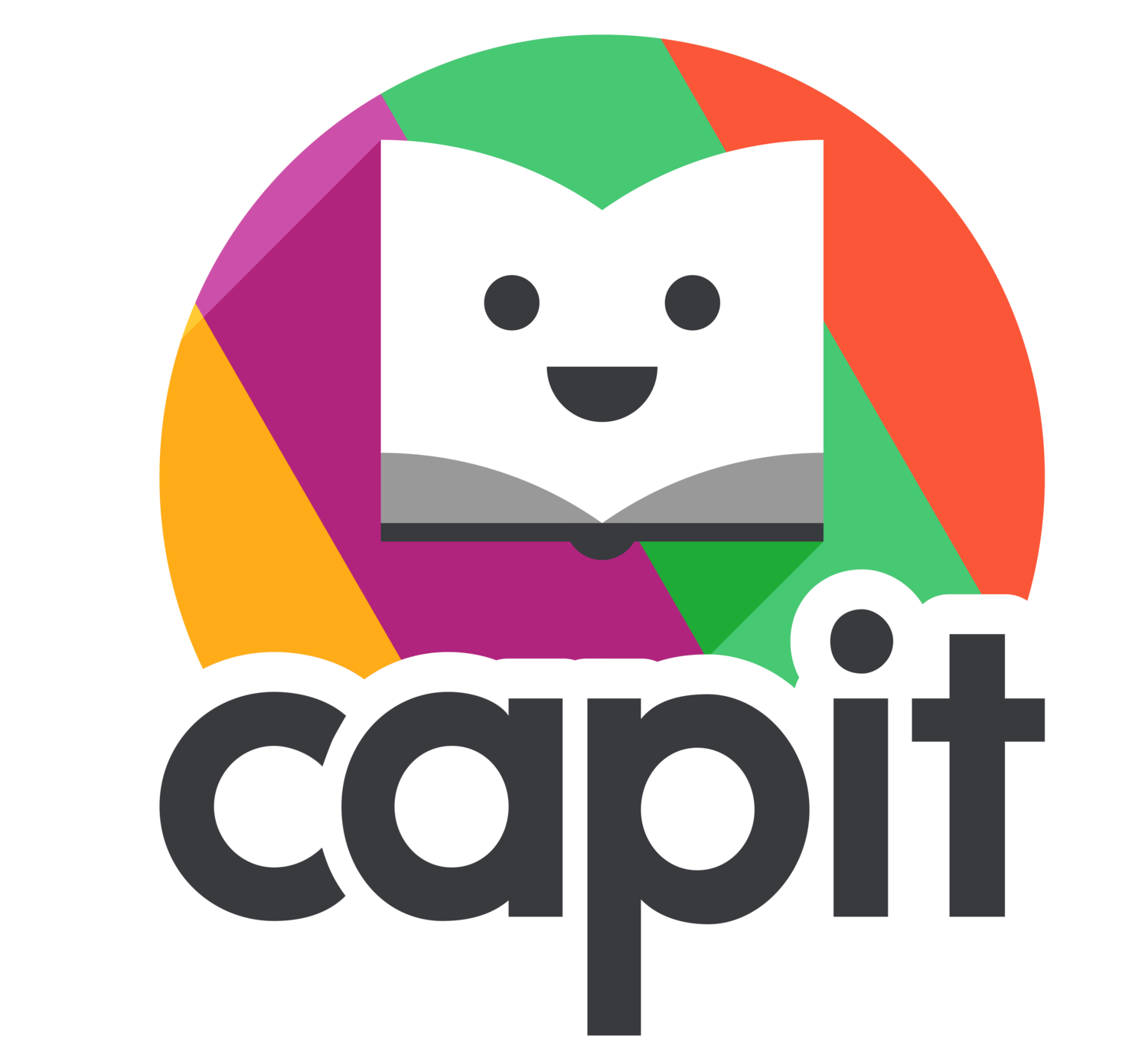CAPIT Reading's Unique Support of ELL Students
“ELL (English Language Learner): An individual who is in the process of actively acquiring English, and whose primary language is one other than English.”
ENGLISH LANGUAGE LEARNERS
According to the United States Census Bureau, over 350 languages are spoken in U.S. homes, with over 150 languages spoken in many of the country’s largest metro areas. Many children growing up in these homes are classified as “English Language Learners (ELLs),” which is defined as students who are “in the process of actively acquiring English” and whose “primary language is one other than English.”
According to the National Center for Education Statistics, “More than 4.9 million English learners (EL) were enrolled in U.S. public elementary and secondary schools during the 2013-14 school year, representing just over ten percent of the total student population.”
According to some estimates, ELL students will make up as much as 25% of the student population within the next 10 years.
ELL students are four times as likely to drop out of high school than native English speakers, and 92% of 4th grade ELL students scored below proficient in reading.
EDTECH SOLUTIONS
Technology has the potential to support ELL students by translating content to the home language of the student or offering scaffolding to assist the learning process.
But technology alone is not a silver bullet.
How can a technology support 150 languages? And how does it offer consistent support of teachers through professional development that is so vital to the success of any ELL product?
“Language Agnostic refers to aspects of programming that are independent of any specific programming language.”
CAPIT READING: THE FIRST AND ONLY
LANGUAGE AGNOSTIC DIGITAL READING PROGRAM
CAPIT Reading teaches students the foundations of reading, but is the only app that does so without “verbal instructions." In CAPIT, students explore sounds and intuitively create letters, blend words, and assemble sentences.
Our approach solves the need of translating instruction into various languages. Because CAPIT Reading is “language agnostic” it automatically accommodates speakers of all languages, without any modifications or additional teacher training.
Aside from addressing a fundamental academic need, CAPIT Reading addresses a social-emotional need: making ELL students feel valued and “at home” by giving them the opportunity of using the same application as their peers. Other literacy applications require ELL students to don their headphones and learn in a foreign language. With CAPIT, ELL students use the same application and in the same manner as their classmates. Native English speaking students and ELL students learn together, as equals. This enhances class unity and fosters relationships between students of all backgrounds.
American classrooms are like a rainbow of languages. One teacher using our program, Elsie from Sherman Oaks, has 7 languages in her classroom: Spanish, Hebrew, Russian, Vietnamese, Japanese, Arminian, and English. Elsie tells us: “I’m seeing progress amongst all my students, especially the English Language Learners.”
CAPIT ensures that all her students have a shared learning experience, because CAPIT allows them to learn to read as equals: they get to use the exact same program in the exact same way.


